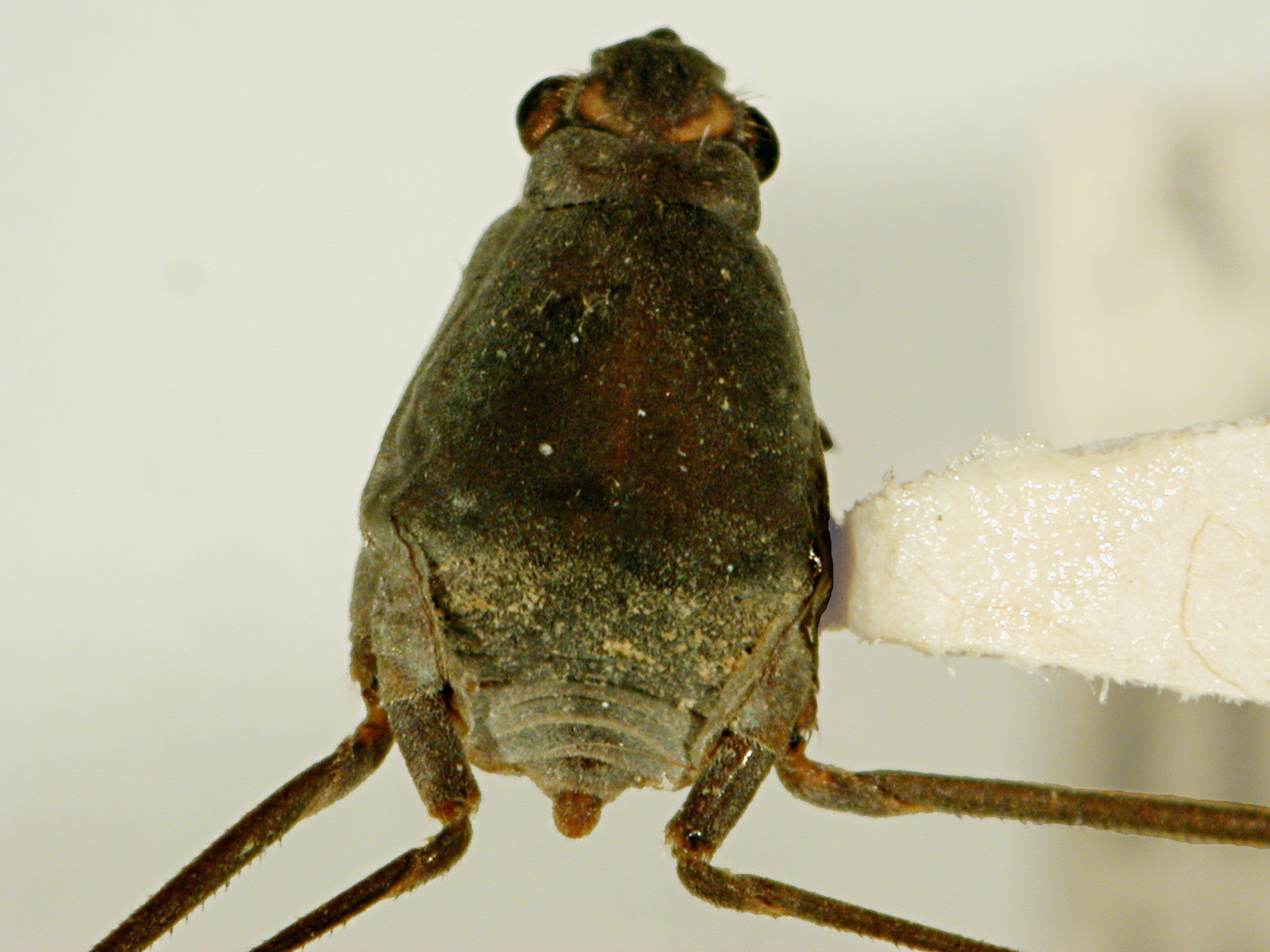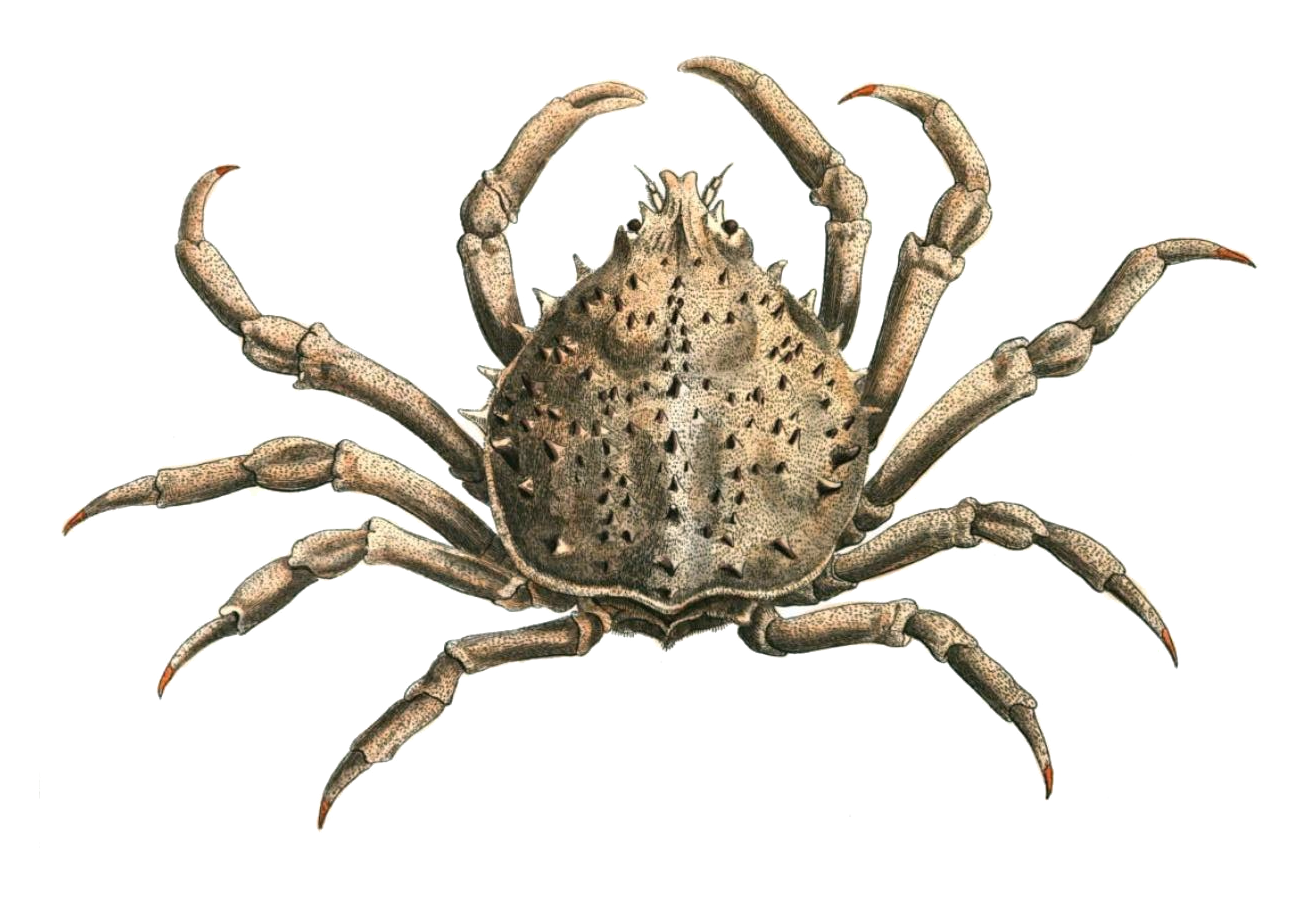|
Gerridae
The Gerridae are a family of insects in the order Hemiptera, commonly known as water striders, water skeeters, water scooters, water bugs, pond skaters, water skippers, water gliders, water skimmers or puddle flies. They are true bugs of the suborder Heteroptera and have mouthparts evolved for piercing and sucking. A distinguishing feature is the ability to move on top of the water's surface, making them pleuston (surface-living) animals. They can be found on most ponds, rivers or lakes, and over 1,700 species of gerrids have been described, 10% of them being marine. While 90% of gerrids are freshwater bugs, the oceanic '' Halobates'' makes the family quite exceptional among insects. The genus ''Halobates'' was first heavily studied between 1822 and 1883 when Francis Buchanan White collected several different species during the Challenger Expedition. Around this time, Eschscholtz discovered three species of the Gerridae, bringing attention to the species, though little of ... [...More Info...] [...Related Items...] OR: [Wikipedia] [Google] [Baidu] |
Halobates
''Halobates'', colloquially the sea skaters or ocean striders, are a genus with over 40 species of water striders. Most ''Halobates'' species are coastal and typically found in sheltered, coastal marine habitats (a habitat where a few other genera of water striders also live), but five live on the surface of the open ocean and only occur near the coast when storms blow them ashore. These are the only known truly oceanic, offshore insects. They are found in tropical and subtropical marine habitats around the world, with a single species recorded in rivers a few kilometers upstream from the ocean. ''Halobates'' are generally very abundant where they are found. Discovery They were first collected by Johann Friedrich von Eschscholtz, a doctor who was part of a Russian expedition aboard the ''Rurik'' between 1815 and 1818. A fossil species, ''H. ruffoi'', is known from 45 million year old deposits in Verona, Italy. Description ''Halobates spp.'' are small insects with a body th ... [...More Info...] [...Related Items...] OR: [Wikipedia] [Google] [Baidu] |
Gerrinae
Gerrinae is a subfamily of water strider. This subfamily includes the largest and most best-known group of Gerridae. They are also a phylogenetic subfamily made up of two tribes, and ~14 genera. Description Like all water striders, Gerrinae are able to walk on water using hydrophobic microhairs. Their bodies also consist of two antennae, a narrow thorax, and six appendages. Members of the Gerrinae subfamily are characterized by having long slender bodies. Typically, juvenile gerrini range from lengths of 1 to 13 mm and widths of 0.5 to 3 mm. Adult lengths are 4 to 17 mm and widths 1 to 4 mm. Notably, these striders share similar sizes with the Cylindrostethinae and Ptilomerinae, subfamilies within the Gerridae family. Habitat Gerrinae are marine insects and are found closer to inland waters. They prefer slow-moving ponds and streams to complement their natural ability. They can be commonly found throughout the Americas, Europe, and temperate Asia. While they are sociabl ... [...More Info...] [...Related Items...] OR: [Wikipedia] [Google] [Baidu] |
Hemiptera
Hemiptera (; ) is an order of insects, commonly called true bugs, comprising more than 80,000 species within groups such as the cicadas, aphids, planthoppers, leafhoppers, assassin bugs, bed bugs, and shield bugs. They range in size from to around , and share a common arrangement of piercing-sucking mouthparts. The name "true bugs" is sometimes limited to the suborder Heteroptera. Entomologists reserve the term ''bug'' for Hemiptera or Heteroptera,Gilbert Waldbauer. ''The Handy Bug Answer Book.'' Visible Ink, 1998p. 1. which does not include other arthropods or insects of other orders such as ants, bees, beetles, or butterflies. In some varieties of English, all terrestrial arthropods (including non-insect arachnids and myriapods) also fall under the colloquial understanding of ''bug''. Many insects with "bug" in their common name, especially in American English, belong to other orders; for example, the lovebug is a fly and the Maybug and ladybug are beetles. ... [...More Info...] [...Related Items...] OR: [Wikipedia] [Google] [Baidu] |
Gigantometra Gigas
''Gigantometra'' is a monotypic genus of water-strider bugs, containing the species ''Gigantometra gigas'': its name indicating that it is the largest species in its family Gerridae. It has been found in pools of fast-flowing, subtropical and tropical forest streams, on Hainan Island and highland northern Vietnam. Description ''Gigantometra gigas'' is the largest species of water-striders, with legs having a span of about 300 mm in order to spread its relatively large body weight on the water surface. Sexual dimorphism is common throughout the Gerridae and sexual selection Sexual selection is a mechanism of evolution in which members of one sex mate choice, choose mates of the other sex to mating, mate with (intersexual selection), and compete with members of the same sex for access to members of the opposite sex ... of males for large body size has been demonstrated in several species, including this one: where males are larger than females in all measured traits. T ... [...More Info...] [...Related Items...] OR: [Wikipedia] [Google] [Baidu] |
Aquarius (bug)
''Aquarius'' is a genus of water striders found predominantly in the northern hemisphere. Formerly a subgenus, ''Aquarius'' was elevated to generic rank in 1990 on the basis of phylogenetic In biology, phylogenetics () is the study of the evolutionary history of life using observable characteristics of organisms (or genes), which is known as phylogenetic inference. It infers the relationship among organisms based on empirical dat ... analysis. These are among the world's largest water striders, with females averaging long and males roughly 10–30% smaller, depending on the exact species. An outlier is ''A. elongatus'' where both sexes typically are about , roughly the same as certain '' Cylindrostethus'', and second only to '' Gigantometra gigas''. Species There are 17 species in the genus ''Aquarius'': *'' Aquarius adelaidis'' (Dohrn, 1860) *'' Aquarius amplus'' (Drake & Harris, 1938) *'' Aquarius antigone'' (Kirkaldy, 1899) *'' Aquarius chilensis'' (Berg, 1881) *'' Aqua ... [...More Info...] [...Related Items...] OR: [Wikipedia] [Google] [Baidu] |
Gerris By Webrunner
''Gerris'' is a insect genus in the family Gerridae (water striders). Species The genus ''Gerris'' contains 43 species in 3 subgenera: Subgenus ''Gerris'' Subgenus ''Gerriselloides'' * '' Gerris asper'' (Fieber, 1860) * '' Gerris brachynotus'' Horváth, 1907 * '' Gerris kiritshenkoi'' Kanyukova, 1979 * '' Gerris lateralis'' Schummel, 1832 Subgenus ''Macrogerris'' * '' Gerris cui'' Esaki, 1925 * ''Gerris gracilicornis'' Horváth, 1879 * '' Gerris insularis'' Motschulsky, 1866 * '' Gerris issikii'' Miyamoto, 1961 * '' Gerris lundbladi'' Andersen & Chen, 1993 * '' Gerris tigrinus'' Brown, 1949 * '' Gerris yezoensis'' Miyamoto, 1958 Mating system Species of genus ''Gerris'' demonstrate a high degree of female control over most aspects of mating and there is significant evidence that supports antagonistic coevolution, and the convenience polyandry hypothesis of multiple matings. There is evidence to suggest that the post-copulatory guarding exhibited by ''Gerris buenoi'' - and o ... [...More Info...] [...Related Items...] OR: [Wikipedia] [Google] [Baidu] |
Halobatinae
Halobatinae is a subfamily of water strider The Gerridae are a family of insects in the order Hemiptera, commonly known as water striders, water skeeters, water scooters, water bugs, pond skaters, water skippers, water gliders, water skimmers or puddle flies. They are true bugs of the .... Tribes and selected genera Source: Wikispecies entry * Halobatini * Metrocorini References * * Gerridae Hemiptera subfamilies {{gerromorpha-stub ... [...More Info...] [...Related Items...] OR: [Wikipedia] [Google] [Baidu] |
Pleuston
Neuston, also called pleuston, are organisms that live at the surface of a body of water, such as an ocean, estuary, lake, river, wetland or pond. Neuston can live on top of the water surface or submersed just below the water surface. In addition, microorganisms can exist in the surface microlayer that forms between the top- and the under-side of the water surface. Neuston has been defined as "organisms living at the air/water interface of freshwater, estuarine, and marine habitats or referring to the biota on or directly below the water’s surface layer." Neustons can be informally separated into two groups: the phytoneuston, which are autotrophs floating at the water surface including cyanobacteria, filamentous algae and free-floating aquatic plant (e.g. mosquito fern, duckweed and water lettuce); and the zooneuston, which are floating heterotrophs such as protists (e.g. ciliates) and metazoans (aquatic animals). This article mainly concerns with metazoan zooneustons. The wo ... [...More Info...] [...Related Items...] OR: [Wikipedia] [Google] [Baidu] |
Hydrofuge
In chemistry and materials science, ultrahydrophobic (or superhydrophobic) surfaces are highly hydrophobic, i.e., extremely difficult to wet. The contact angles of a water droplet on an ultrahydrophobic material exceed 150°. This is also referred to as the lotus effect, after the superhydrophobic leaves of the lotus plant. A droplet striking these kinds of surfaces can fully rebound like an elastic ball. Interactions of bouncing drops can be further reduced using special superhydrophobic surfaces that promote symmetry breaking, pancake bouncing or waterbowl bouncing. Theory In 1805, Thomas Young defined the contact angle ''θ'' by analysing the forces acting on a fluid droplet resting on a smooth solid surface surrounded by a gas. :\gamma_\ =\gamma_+\gamma_\cos where :\gamma_\ = Interfacial tension between the solid and gas :\gamma_\ = Interfacial tension between the solid and liquid :\gamma_\ = Interfacial tension between the liquid and gas ''θ'' can be measured usin ... [...More Info...] [...Related Items...] OR: [Wikipedia] [Google] [Baidu] |
William Elford Leach
William Elford Leach (2 February 1791 – 25 August 1836) was an English zoologist and marine biologist. Life and work Elford Leach was born at Hoe Gate, Plymouth, the son of an attorney. At the age of twelve he began a medical apprenticeship at the Royal Devon and Exeter Hospital, Devonshire and Exeter Hospital, studying anatomy and chemistry. By this time he was already collecting marine animals from Plymouth Sound and along the Devon coast. At seventeen he began studying medicine at St Bartholomew's Hospital in London, finishing his training at the University of Edinburgh before graduating Doctor of Medicine, MD from the University of St Andrews (where he had never studied). From 1813 Leach concentrated on his zoological interests and was employed as an 'Assistant Librarian' (what would later be called Assistant Keeper) in the Natural History Museum, London, Natural History Department of the British Museum, where he had responsibility for the zoological collections. Here ... [...More Info...] [...Related Items...] OR: [Wikipedia] [Google] [Baidu] |
Thorax (insect Anatomy)
The thorax is the midsection ( tagma) of the hexapod body (insects and entognathans). It holds the head, legs, wings and abdomen. It is also called mesosoma or cephalothorax in other arthropods. It is formed by the prothorax, mesothorax and metathorax and comprises the scutellum; the cervix, a membrane that separates the head from the thorax; and the pleuron, a lateral sclerite of the thorax. In dragonflies and damselflies, the mesothorax and metathorax are fused together to form the synthorax. In some insect pupae, like the mosquitoes', the head and thorax can be fused in a cephalothorax. Members of suborder Apocrita (wasps, ants and bees) in the order Hymenoptera have the first segment of the abdomen fused with the thorax, which is called the propodeum. The head is connected to the thorax by the occipital foramen, enabling a wide range of motion for the head. In most flying insects, the thorax allows for the use of asynchronous muscles Asynchronous muscles are muscle ... [...More Info...] [...Related Items...] OR: [Wikipedia] [Google] [Baidu] |




